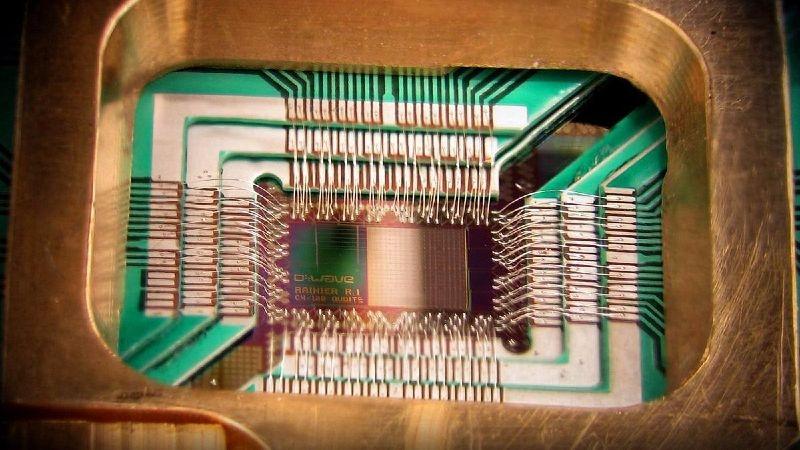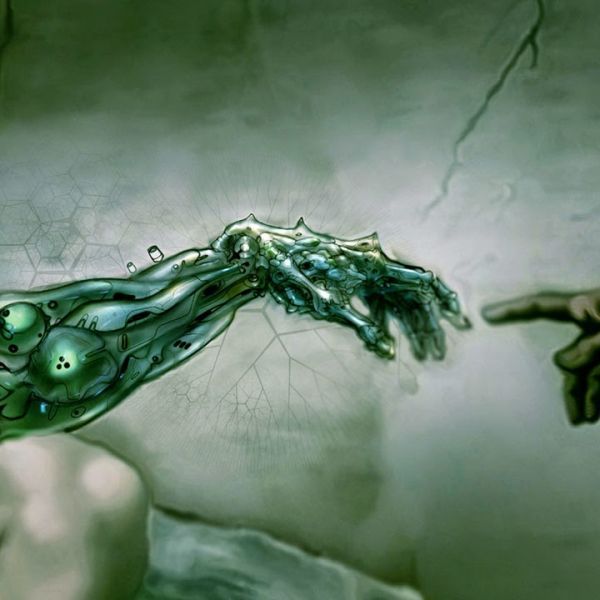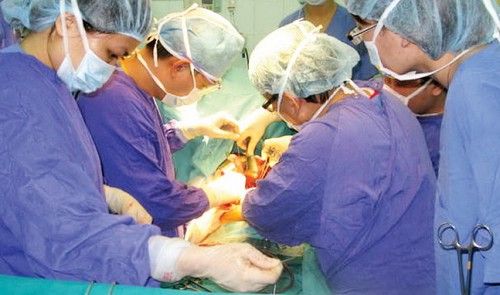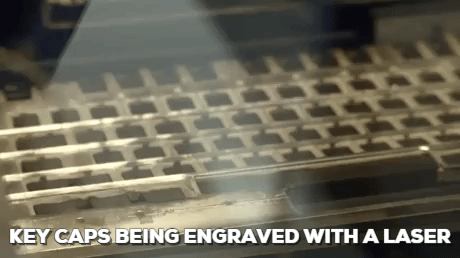In the early days of the space race of the 1960s, NASA used satellites to map the geography of the moon. A better understanding of its geology, however, came when men actually walked on the moon, culminating with Astronaut and Geologist Harrison Schmitt exploring the moon’s surface during the Apollo 17 mission in 1972.

Image credit: Scientific American
In the modern era, Dr. Gregory Hickock is one neuroscientist who believes the field of neuroscience is pursuing comparable advances. While scientists have historically developed a geographic map of the brain’s functional systems, Hickock says computational neuroanatomy is digging deeper into the geology of the brain to help provide an understanding of how the different regions interact computationally to give rise to complex behaviors.
“Computational neuroanatomy is kind of working towards that level of description from the brain map perspective. The typical function maps you see in textbooks are cartoon-like. We’re trying to take those mountain areas and, instead of relating them to labels for functions like language, we’re trying to map them on — and relate them to — stuff that the computational neuroscientists are doing.”
Continue reading “Where Will Advanced Brain Mapping Lead Us?” »

















